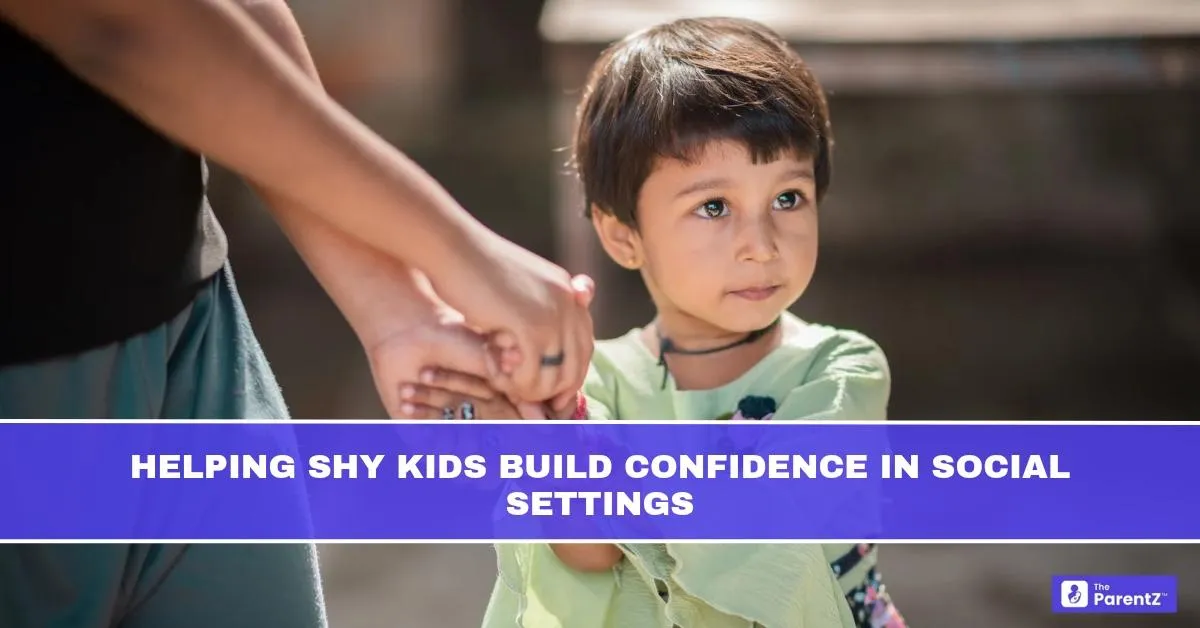Shyness in children is common, especially during early and middle childhood. While it is a normal personality trait, excessive social withdrawal can affect a child’s emotional, academic, and social development. This guide outlines the underlying reasons for shyness and provides practical, research-supported ways parents can help children engage more confidently with peers and adults.
Understanding Shyness in Children
Shyness refers to a pattern of discomfort, self-consciousness, or hesitation in social situations. It may be mild and situational or more persistent, affecting daily activities. In many cases, shy children warm up over time, but without encouragement, they may miss opportunities for learning and social growth.
Factors contributing to shyness include:
- Temperament: Children with a naturally slow-to-warm-up temperament are more likely to feel cautious in unfamiliar environments.
- Early Experiences: Overprotective parenting, limited exposure to social situations, or negative peer interactions can reinforce withdrawal.
- Social Anxiety: In some cases, persistent shyness may be a sign of social anxiety disorder, which requires early intervention.
The Importance of Addressing Shyness Early
Untreated social withdrawal can affect a child’s self-esteem, communication skills, and peer relationships. Studies show that socially confident children are more likely to participate in classroom discussions, handle conflict better, and develop strong support networks in adolescence.
Evidence-Based Strategies to Build Confidence
1. Provide Gentle Exposure to Social Situations
Gradual exposure is more effective than forcing interaction. Begin with one-on-one playdates before progressing to small group settings. Allow the child to observe before participating.
2. Model Confident Social Behavior
Children learn by observing. Demonstrate friendly greetings, eye contact, and positive body language in daily life. Let them watch you initiate conversations in stores, playgrounds, or community events.
3. Practice Role-Playing at Home
Role-play common social scenarios: introducing oneself, asking to join a game, or responding to a compliment. This rehearsal builds familiarity and reduces anxiety in real settings.
4. Encourage Small Successes
Praise specific efforts rather than personality traits. For example, say, “You spoke clearly to your friend today” instead of “You’re so brave.” Positive reinforcement strengthens self-belief.
5. Respect the Child’s Pace
Avoid pressuring the child into overwhelming situations. Overexposure can increase withdrawal. Instead, provide safe, supportive spaces where the child feels in control.
6. Develop Social Skills Through Interests
Encourage group activities that match the child’s passions, art classes, sports, and music lessons, where shared interests make socializing easier and more natural.
7. Strengthen Emotional Vocabulary
Teach children to name their feelings. When they can say “I feel nervous” or “I’m excited,” they gain more control over their emotions and interactions.
8. Partner With Teachers and Caregivers
Inform educators about your child’s needs so they can provide gentle encouragement in group settings without singling them out.
When to Seek Professional Support
If shyness persists beyond age-appropriate stages, interferes with academics, or leads to avoidance of most social contact, consult a pediatrician or child psychologist. Early intervention can prevent long-term anxiety disorders.
Conclusion
Helping shy children build confidence is a gradual process requiring patience, empathy, and consistent support. By creating safe opportunities, modeling positive interactions, and celebrating small achievements, parents can equip their children with the skills to navigate social situations with ease.









Be the first one to comment on this story.